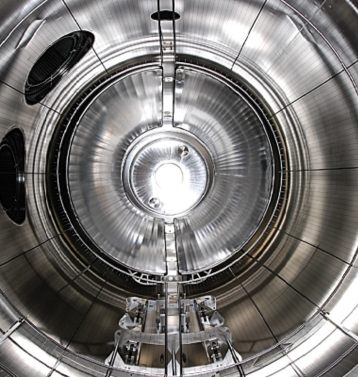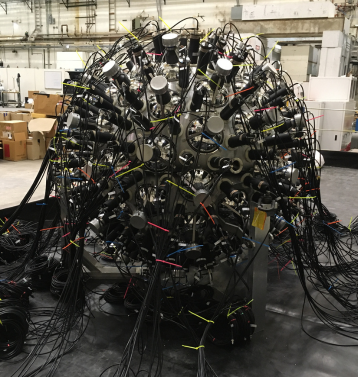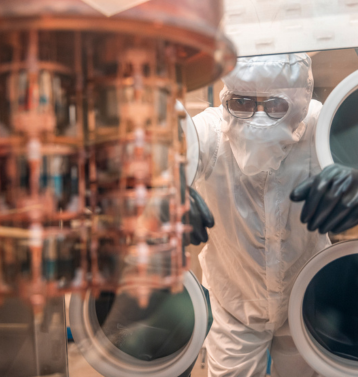Experiments
Our primary focus centers around pioneering studies in neutrinoless double beta decay (MAJORANA and LEGEND), comprehensive neutrino mass exploration (KATRIN), and the development of object-oriented real-time control and data acquisition (ORCA) systems. Concurrently, we are actively engaged in the commissioning of state-of-the-art, low-background counting facilities at the esteemed Laboratori Nazionali del Gran Sasso (LNGS) in Italy, a venture undertaken in collaboration with esteemed NIST scientists. Boasting numerous opportunities for aspiring PhD candidates and post-doctoral researchers, we extend an invitation to you to become an integral part of our endeavors, driving advancements in the realm of neutrino properties investigation and astroparticle physics.
Projects
Large Enriched Germanium Experiment for Neutrinoless ββ Decay – LEGEND
The LEGEND collaboration is comprised of over 250 researchers from about 50 institutions from around the world, working together to develop the largest 76Ge neutrinoless double-beta decay experiment in history. By combining the technological expertise and experience from the GERDA experiment and MAJORANA DEMONSTRATOR, LEGEND is expected to reach a design sensitivity two orders of magnitude greater than its predecessors.
The Karlsruhe Tritium Neutrino Experiment – KATRIN
KATRIN measures the neutrino mass in a model-independent way via ultrahigh precision measurements of the kinematics of electrons from beta-decay. To detect the subtle effects of a massive neutrino on the kinematics of the beta electrons requires on one hand the provision of a strong gaseous windowless Tritium source with well-known properties and precision control. On the other hand, it requires a high-resolution spectrometer (MAC-E filter) with a large diameter (10 m) to analyze precisely the electron energies from the source. All components are in operation and KATRIN started beta-decay data taking officially in spring 2019.
NuDot
NuDot is a 1/2-ton proof-of-concept liquid scintillator experiment that is testing this and some of the other techniques we’ll need to build kiloton-scale detectors that aren’t limited by backgrounds. Other work on NuDot focuses on the development of new fast-timing photodetectors and data acquisition systems, testing quantum dots as wavelength shifters and as a means to load the double-beta decay isotope, and on developing machine learning algorithms for event recognition.
The MAJORANA Neutrinoless Double-beta Decay Experiment
The MAJORANA Collaboration constructed and operated the DEMONSTRATOR, a modular array of enriched germanium detectors searching for the neutrinoless double-beta decay of germanium-76. The DEMONSTRATOR, in conjunction with GERDA, established the feasibility of building a larger ton-scale experiment. The DEMONSTRATOR completed its neutrinoless double-beta decay program in 2021 and is currently being used with natural Ge detectors to search for the isomeric decay of tantalum-180m, the longest-lived nuclear isomer.



